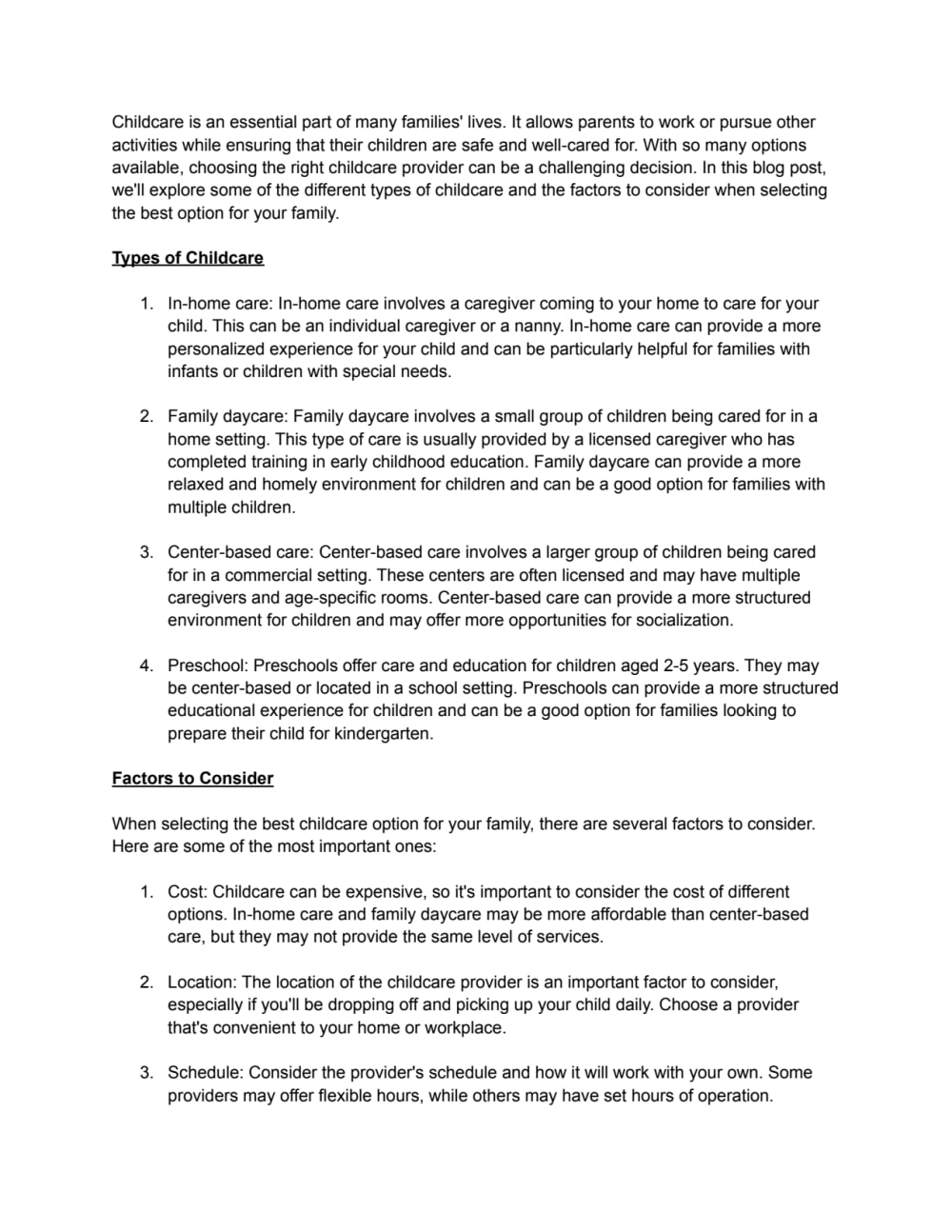There are two types of factoring services: recourse factoring and non-recourse factoring. Recourse factoring requires the seller to retain non-payment risk, while non-recourse factoring transfers the risk to the factor.
These types of factoring services differ in fees, qualification requirements, and responsibility for nonpayment. Factoring services play a crucial role in helping businesses manage their cash flows by providing immediate funds against their outstanding invoices. With invoice factoring, a business can sell its unpaid invoices to a third party (known as a factor) in exchange for immediate cash.
This allows businesses to access the working capital they need to cover expenses, invest in growth, and maintain a stable cash flow. There are different types of factoring services that cater to the diverse needs of businesses. We will explore the two main types of factoring services: recourse factoring and non-recourse factoring. Additionally, we will delve into the qualifications, fees, and risk factors associated with each type. By understanding the different types of factoring services available, businesses can make informed decisions about the best option for their financial needs.

Credit: www.upwork.com
Types Of Factoring Services
There are two primary types of factoring services: recourse and non-recourse factoring. Recourse factoring places the responsibility for non-payment on the seller, while non-recourse factoring transfers the risk to the factor. Other types of factoring include domestic and export factoring, disclosed and undisclosed factoring, and advance and maturity factoring.
Recourse Vs. Non-recourse Factoring
Recourse factoring and non-recourse factoring are two different types of factoring services that businesses can choose from. In recourse factoring, the seller retains the risk of non-payment. This means that if the buyer does not pay their invoice, the seller is responsible for repurchasing it from the factor. On the other hand, in non-recourse factoring, the factor assumes the risk of non-payment. This means that if the buyer fails to pay, the factor absorbs the loss. The choice between recourse and non-recourse factoring depends on the level of risk tolerance and the financial stability of the business.Difference Between Factoring And Forfaiting
While factoring and forfaiting are both methods of financing, they have some key differences. Factoring involves the sale of accounts receivable to a third party, known as a factor, in exchange for immediate cash. The factor assumes the responsibility for collecting payment from the buyer. Forfaiting, on the other hand, is a form of trade finance where the exporter sells their receivables, such as promissory notes or bills of exchange, at a discount to a forfaiter. Unlike factoring, forfaiting is always non-recourse, meaning the forfaiter assumes all the risk of non-payment. Both factoring and forfaiting can provide businesses with increased cash flow, but they differ in terms of risk and the type of receivables involved.Types Of Debt Factoring
Debt factoring is a type of factoring service that focuses specifically on the management of a company’s unpaid debts. There are two main types of debt factoring: recourse factoring and non-recourse factoring. In recourse factoring, the business is responsible for repurchasing any outstanding invoices that the factor cannot collect payment for. This type of factoring is more common and places the risk of non-payment on the business. In non-recourse factoring, the factoring company assumes the majority of the risk of non-payment. This provides businesses with added financial protection, as the factor absorbs the loss if the buyer fails to pay. The choice between recourse and non-recourse debt factoring depends on the risk appetite and financial stability of the business.Types Of Factoring In Financial Services
In the world of financial services, there are various types of factoring that cater to different business needs. Four common types of factoring include: 1. Recourse and Non-recourse Factoring: As mentioned earlier, recourse factoring places the risk of non-payment on the seller, while non-recourse factoring transfers the risk to the factor. 2. Domestic and Export Factoring: Domestic factoring involves the sale of accounts receivable within the same country, while export factoring focuses on international transactions. 3. Disclosed and Undisclosed Factoring: In disclosed factoring, the buyer is aware that the seller is using a factor to manage their receivables. In undisclosed factoring, the buyer is unaware of the factoring arrangement. 4. Advance and Maturity Factoring: Advance factoring provides businesses with immediate cash for their invoices, while maturity factoring allows businesses to receive payment on the maturity date of the invoices. Understanding the typical types of factoring in financial services allows businesses to choose the right solution that aligns with their specific requirements and goals.
Credit: medium.com

Credit: issuu.com
Frequently Asked Questions Of Types Of Factoring Services
What Are The 2 Types Of Invoice Factoring?
There are two types of invoice factoring: recourse and non-recourse factoring. Recourse factoring requires the seller to retain non-payment risk, while non-recourse factoring transfers the risk to the factor.
What Are The Different Types Of Factoring And Forfaiting?
Factoring has two main types: recourse and non-recourse. Forfaiting is always non-recourse. Recourse means the seller retains non-payment risk, while non-recourse transfers the risk to the factor.
What Is A Typical Factoring Fee?
A typical factoring fee depends on factors like the invoice volume and industry. Generally, it ranges from 1-5% of the invoice value.
What Are The Different Types Of Debt Factoring?
There are two types of debt factoring: recourse and non-recourse. Recourse factoring requires the seller to buy back any unpaid invoices, while non-recourse factoring transfers the risk to the factoring company.
Conclusion
Overall, there are several types of factoring services available, each with its own unique features and benefits. The main types include recourse and non-recourse factoring, domestic and export factoring, disclosed and undisclosed factoring, and advance and maturity factoring. These types differ in terms of fees, qualification requirements, and the party responsible for nonpayment.
By understanding the different types, businesses can choose the option that best suits their specific needs and circumstances. Whether it’s managing cash flow, reducing risk, or gaining access to working capital, factoring services provide a valuable financial solution for businesses of all sizes.